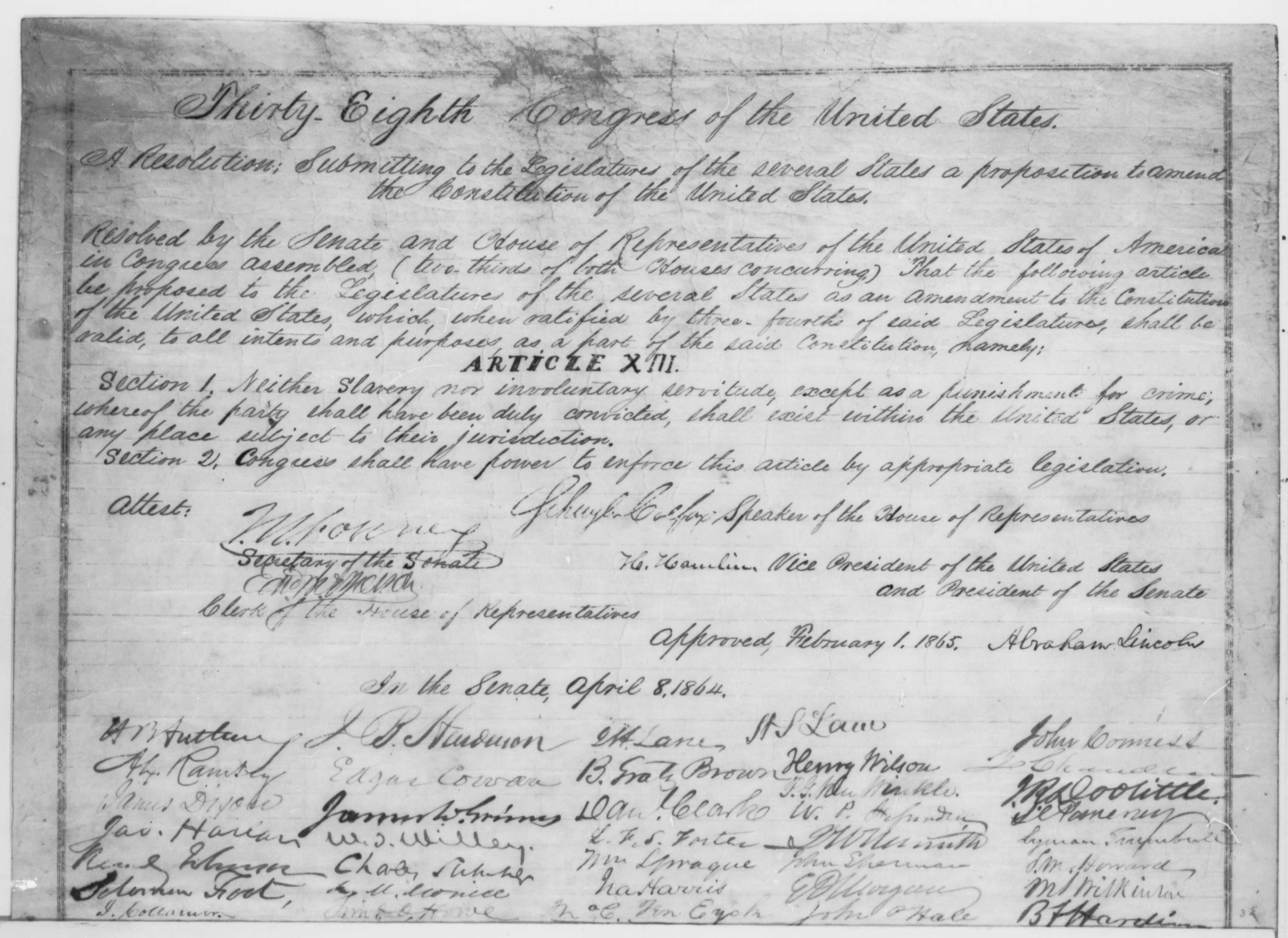 In 1859, Charles Darwin published a book titled On the Origin of Species. Darwin’s work was one of the most influential books in history, and we still use many terms coined by him today. The main idea of the book is that plants and animals that are more suited to survive in their environments will survive, and that they will replace those that cannot adapt. This view was very similar to the pre-Civil War view, which justified slavery. During the Gilded Age many people were fighting for social equality, and Darwin’s book posed a serious threat to their efforts.
In 1859, Charles Darwin published a book titled On the Origin of Species. Darwin’s work was one of the most influential books in history, and we still use many terms coined by him today. The main idea of the book is that plants and animals that are more suited to survive in their environments will survive, and that they will replace those that cannot adapt. This view was very similar to the pre-Civil War view, which justified slavery. During the Gilded Age many people were fighting for social equality, and Darwin’s book posed a serious threat to their efforts.
Darwin believed that evolution is a natural process that occurs in nature, and that no forces should try and limit this. When the government or other organizations try and limit people, and try and make everything equal, they are bringing us back to a more primitive state. According to nature, some things are superior to others, and we shouldn’t have to take certain freedoms away to make sure that everybody is equal. Darwin truly believed that people are responsible for their own fate. He said that people should work on educating their children and doing other things that would help prevent seeking government aid.
The theory of Social Darwinism was pretty popular during the Gilded Age. Many professors wrote works on the theory, most notably William Graham Sumner. Sumner, a Yale professor, said that nobody was entitled to help others. He believed that there were social arrangement made by nature and that we shouldn’t interfere with them. The definition of freedom would be debated throughout this period, and Social Darwinists would constantly battle with people who believed in equality for all.
Sources:
http://spencer.lib.ku.edu/exhibits/darwin/originb.jpg
Foner, Eric. “America’s Gilded Age.” Give Me Liberty!: an American History. New York: W.W. Norton &, 2009. 586-87. Print.





















 In 1859, Charles Darwin published a book titled On the Origin of Species. Darwin’s work was one of the most influential books in history, and we still use many terms coined by him today. The main idea of the book is that plants and animals that are more suited to survive in their environments will survive, and that they will replace those that cannot adapt. This view was very similar to the pre-Civil War view, which justified slavery. During the Gilded Age many people were fighting for social equality, and Darwin’s book posed a serious threat to their efforts.
In 1859, Charles Darwin published a book titled On the Origin of Species. Darwin’s work was one of the most influential books in history, and we still use many terms coined by him today. The main idea of the book is that plants and animals that are more suited to survive in their environments will survive, and that they will replace those that cannot adapt. This view was very similar to the pre-Civil War view, which justified slavery. During the Gilded Age many people were fighting for social equality, and Darwin’s book posed a serious threat to their efforts.



